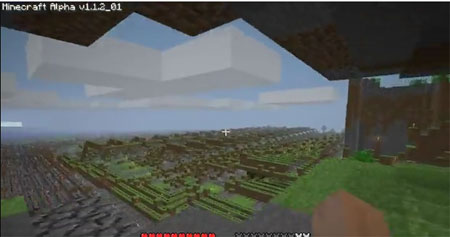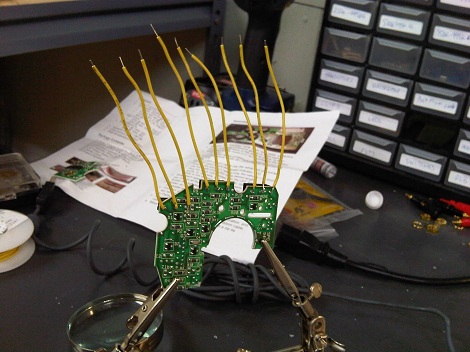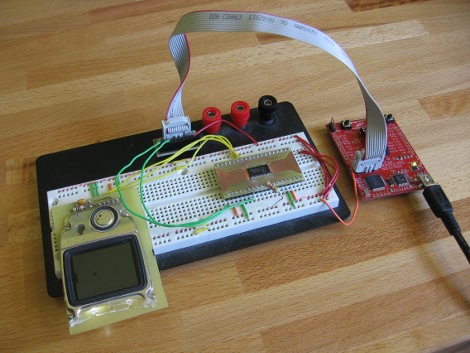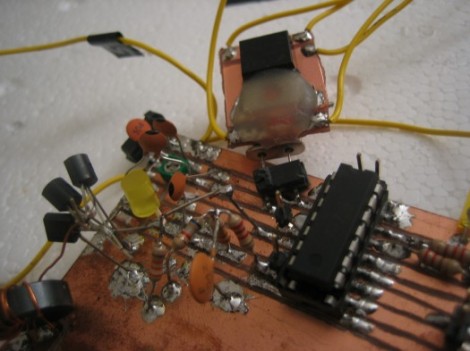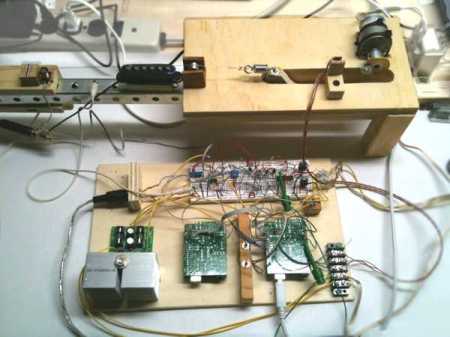We love games here but we don’t often get a reason to write about them. This, however, is worth mentioning. The indie hit Minecraft is eating the entire internet right now. The game itself is hit and miss amongst our staff, but this project is unanimously accepted as awesome. [Theinternetftw} has created a simulation of the ALU section of a 16bit processor. He can set it in motion and run around watching as the states change. This is part of an even bigger project to create the entire processor as shown in the book “The Elements of Computer Systems“.
For those that are wondering how long it took him to place all of those pieces, he actually imported most of it from another program. You can get more details on how they pulled this off in this forum thread. Be sure to catch the video after the break.

